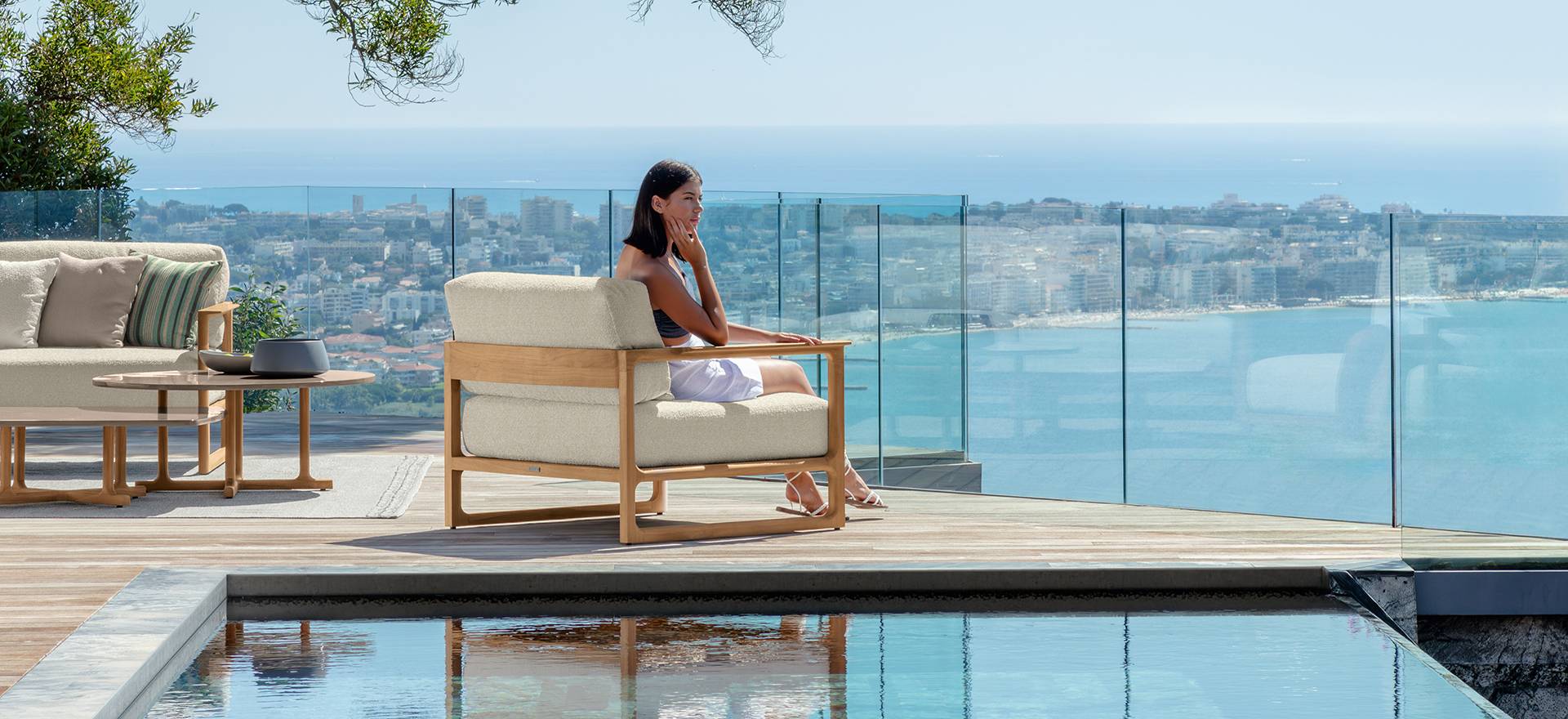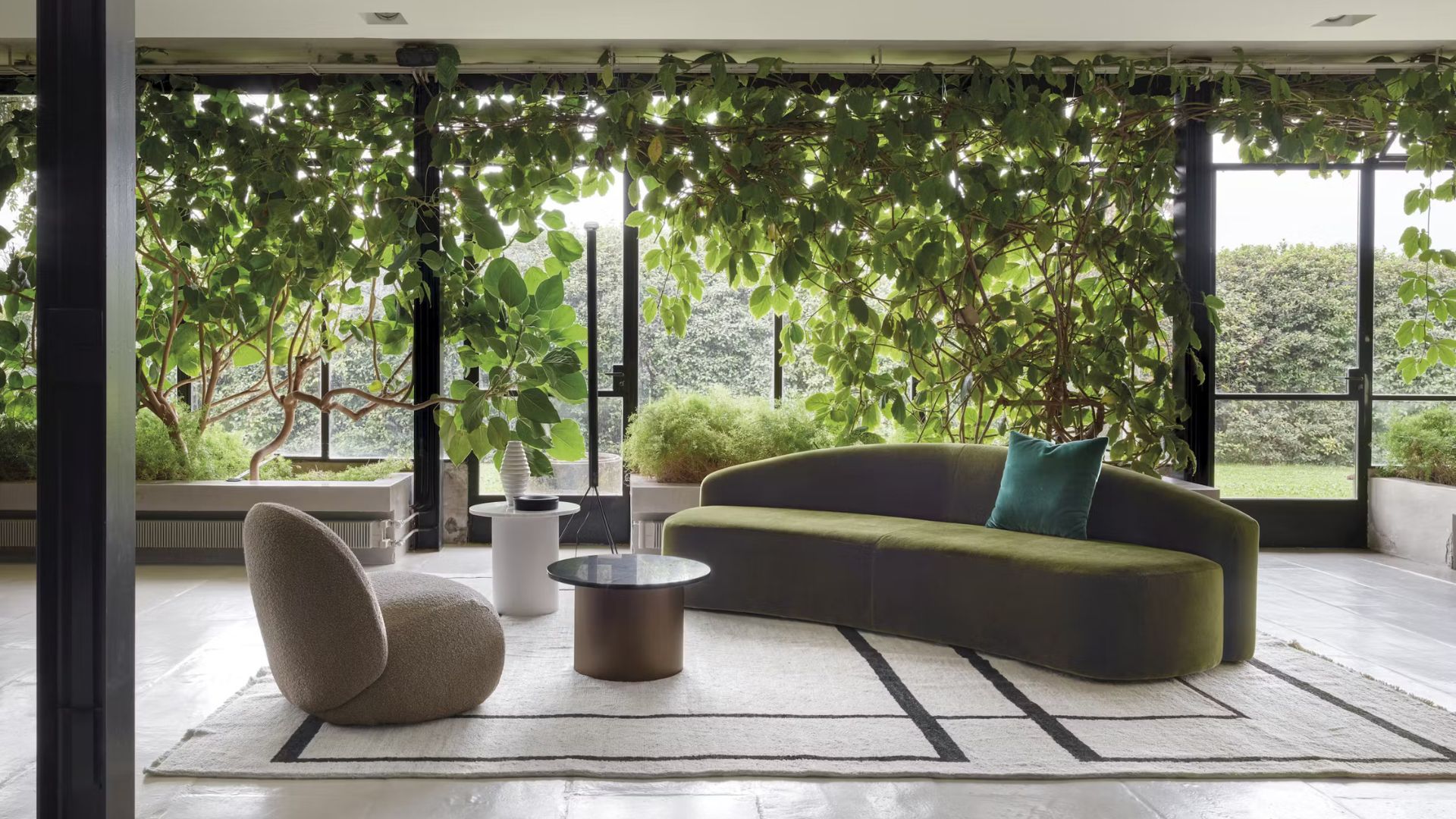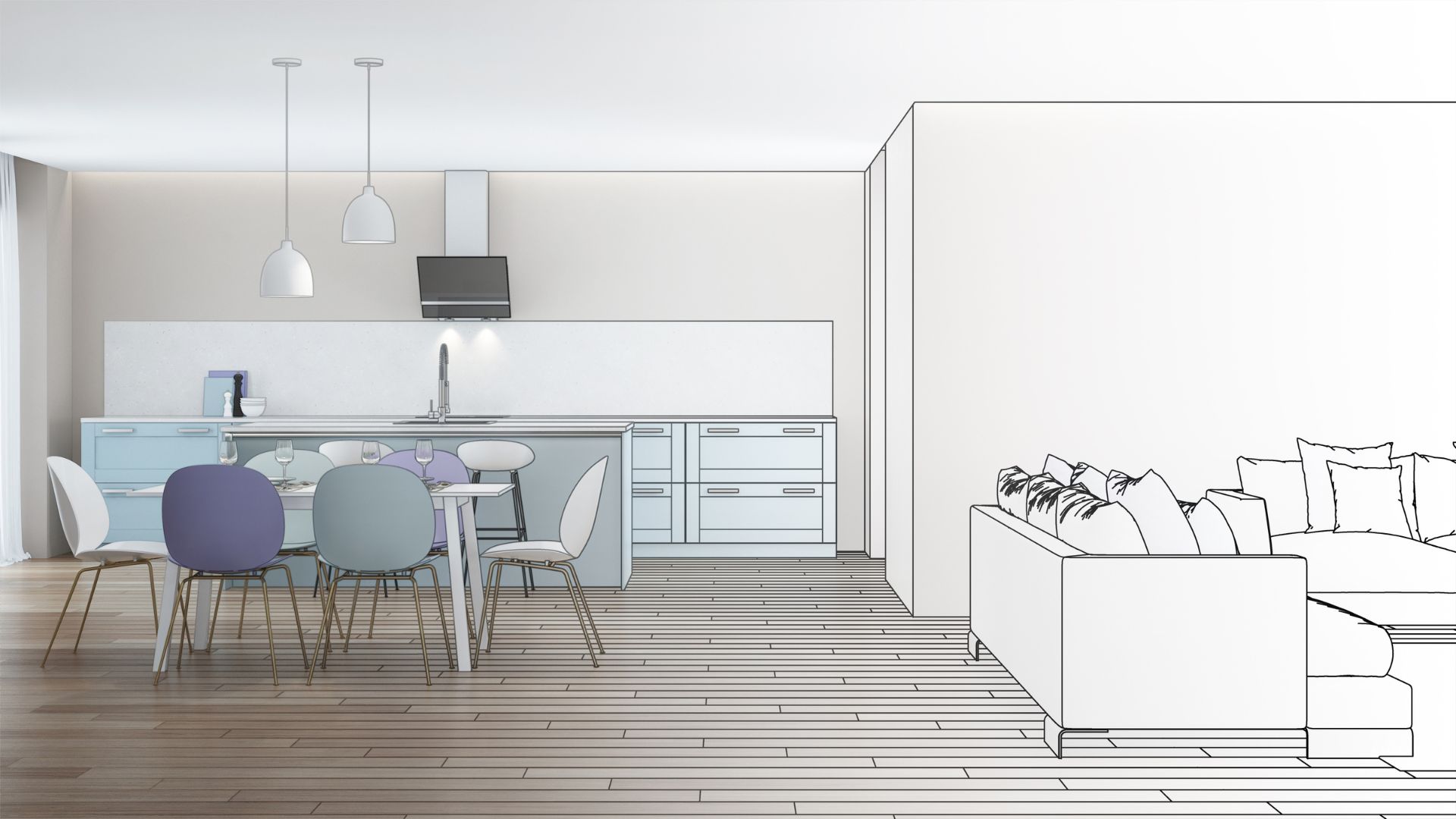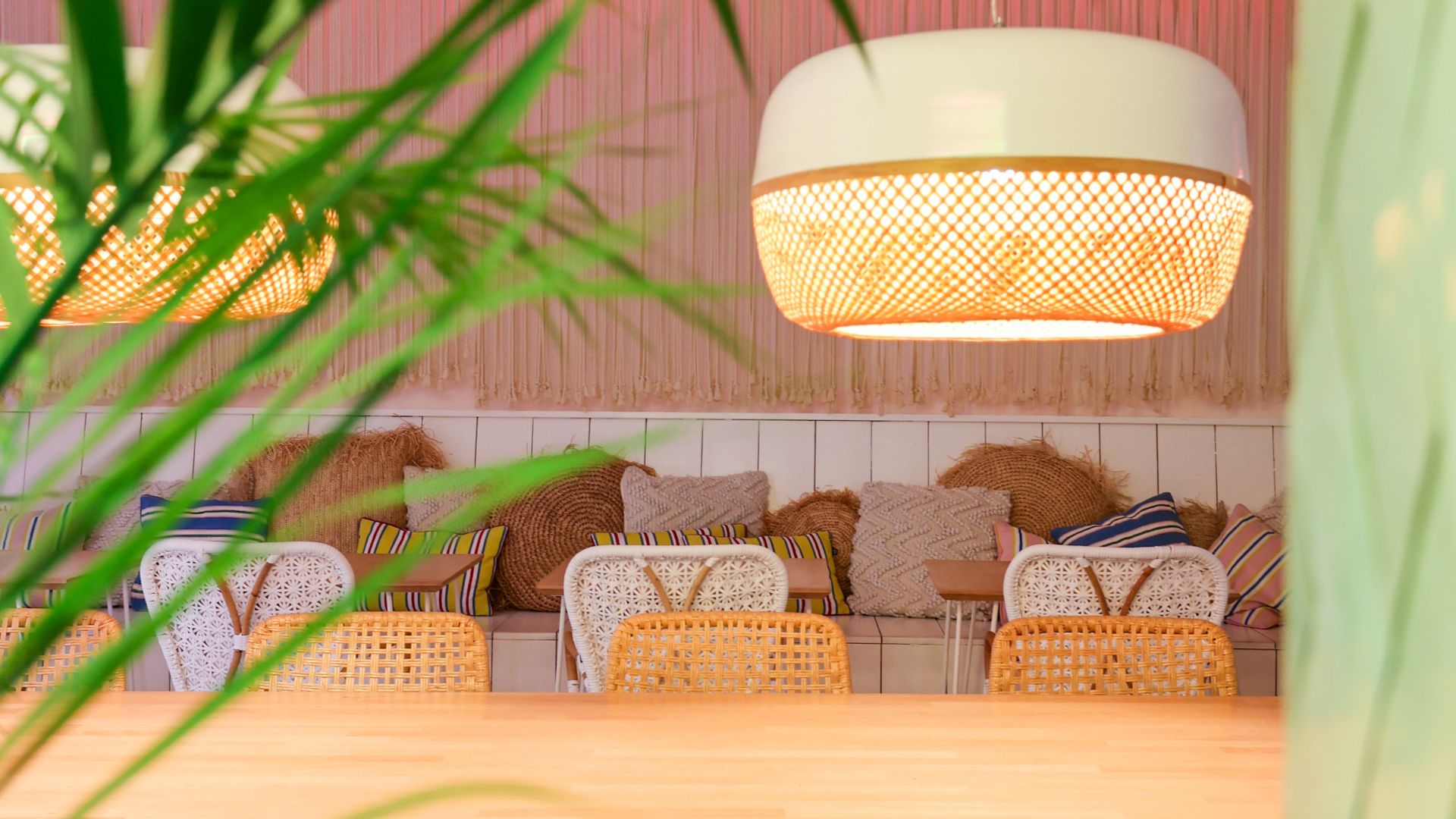The Middle East is becoming a global hub for luxury hospitality—and furniture design is at the center of that transformation. With Vision 2030 initiatives driving unprecedented development across Saudi Arabia, the UAE’s continued tourism growth, and mega-projects like NEOM and the Red Sea Project reshaping the landscape, the region’s hospitality sector is setting new standards for design excellence.
The furniture trends emerging across Middle Eastern hotels and restaurants reflect this ambitious vision, combining cutting-edge technology, sustainable practices, and cultural heritage to create spaces that are both globally sophisticated and distinctly regional. In this guide to hospitality furniture trends, we explore what’s shaping design in 2025 and 2026 across the Middle East.
Here are the furniture trends redefining hospitality experiences across the Middle East.
Hospitality Furniture Trends to Watch in 2025–2026
Technology-Integrated Smart Furniture
The hospitality industry across the UAE, Saudi Arabia, and Qatar is experiencing a revolutionary shift toward smart, tech-enabled furniture solutions that enhance guest experiences while improving operational efficiency. The smart furniture market is projected to grow at a CAGR of 12% globally through 2030, with hospitality venues driving significant adoption.
Smart table technology has become a defining feature in restaurants and hotel lounges, with wireless charging capabilities built directly into surfaces to power smartphones, laptops, and AirPods. These innovative solutions include IoT-enabled furniture with voice-controlled features, tables with integrated charging stations and QR code functionality, and smart desks with customizable settings that adapt to individual guest preferences.
Forward-thinking hotels are incorporating furniture with built-in climate and lighting controls, allowing guests to personalize their environment through intuitive interfaces. This technology-driven approach positions Middle Eastern hospitality venues at the forefront of the global smart furniture revolution.
These hospitality furniture trends are setting new expectations for tech-enabled guest experiences across the region.
Sustainable and Eco-Friendly Materials
Environmental consciousness has become paramount in hospitality design, with sustainability taking center stage across the Middle East. According to industry research, 55% of travelers now prioritize eco-friendly options in their travel plans, making sustainable furniture a competitive necessity rather than merely a trend.
Hotels and restaurants are prioritizing eco-friendly furniture solutions featuring reclaimed wood for tables, chairs, and decorative elements, bamboo furniture offering lightweight and renewable alternatives, and recycled metals and glass for accent pieces and fixtures. The commitment extends to organic upholstery using natural fabrics free from harmful chemicals and VOC-free finishes that maintain healthy indoor air quality.
This focus on sustainability reflects the region’s understanding that luxury and environmental responsibility are no longer mutually exclusive—they are complementary elements of exceptional hospitality design.
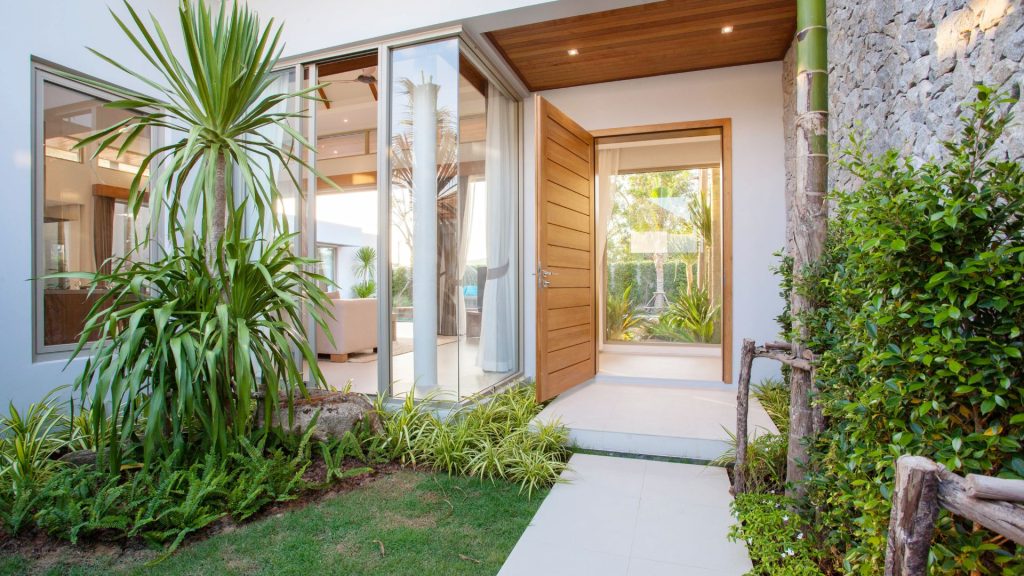
Wellness-Centric Design Philosophy
The wellness trend is fundamentally reshaping hospitality furniture selection, with venues creating wellness-centric environments that promote guest well-being through thoughtful design choices. This movement encompasses several key elements that define modern hospitality spaces.
Biophilic design integration features furniture incorporating natural materials like sustainably harvested wood, stone, and bamboo, complemented by living walls and abundant natural light. Ergonomic comfort features ensure seating and bedding designs support physical well-being, with emphasis on spinal alignment and pressure relief.
Multi-functional wellness spaces showcase furniture that adapts seamlessly to yoga studios, meditation rooms, and spa environments, often featuring adjustable and modular components.
Major developments like Jumeirah Marsa Al Arab are leading this trend with extensive wellness facilities spanning multiple floors, showcasing furniture designed specifically for therapeutic and relaxation purposes.
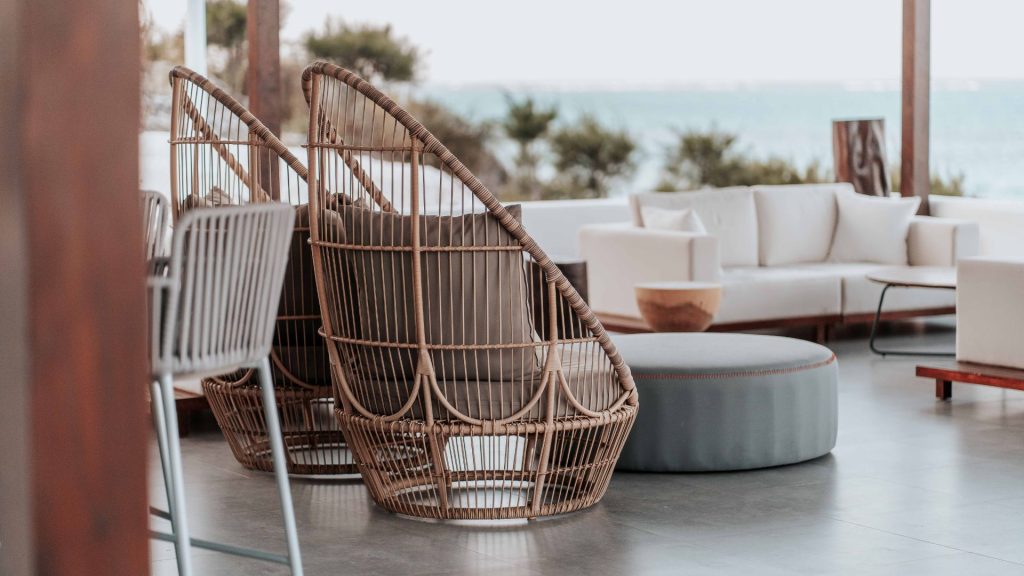
Cultural Fusion: Arabic Heritage Meets Modern Design
A distinctive trend across Middle Eastern hospitality is the fusion of traditional Arabic aesthetics with contemporary functionality. This approach creates culturally authentic experiences while meeting modern comfort standards, reflecting the region’s commitment to honoring its heritage while embracing innovation.
Traditional elements being modernized include Arabic furniture with heritage-inspired craftsmanship adapted for contemporary use, Mashrabiya patterns reimagined in laser-cut metal and acrylic finishes, and Majlis-style seating updated with ergonomic designs and modular configurations. The integration of mother-of-pearl inlaid furniture featuring centuries-old Syrian craftsmanship adds layers of cultural depth to luxury hospitality spaces.
Hotels in Saudi Arabia and the UAE are particularly embracing this trend, with luxury properties incorporating handcrafted pieces that reflect regional identity while providing the comfort and functionality that international guests expect.
Curved and Organic Designs
Curved furniture is emerging as a major design direction for 2025-2026, moving away from rigid geometric forms toward more organic, flowing shapes. This trend encompasses curved sofas and seating arrangements that encourage conversation, organic-shaped tables and coffee tables, flowing reception desk designs, and rounded architectural elements integrated into furniture pieces.
These designs create softer, more welcoming environments that align with wellness-focused hospitality experiences, demonstrating how form and function unite to enhance guest comfort and social interaction.
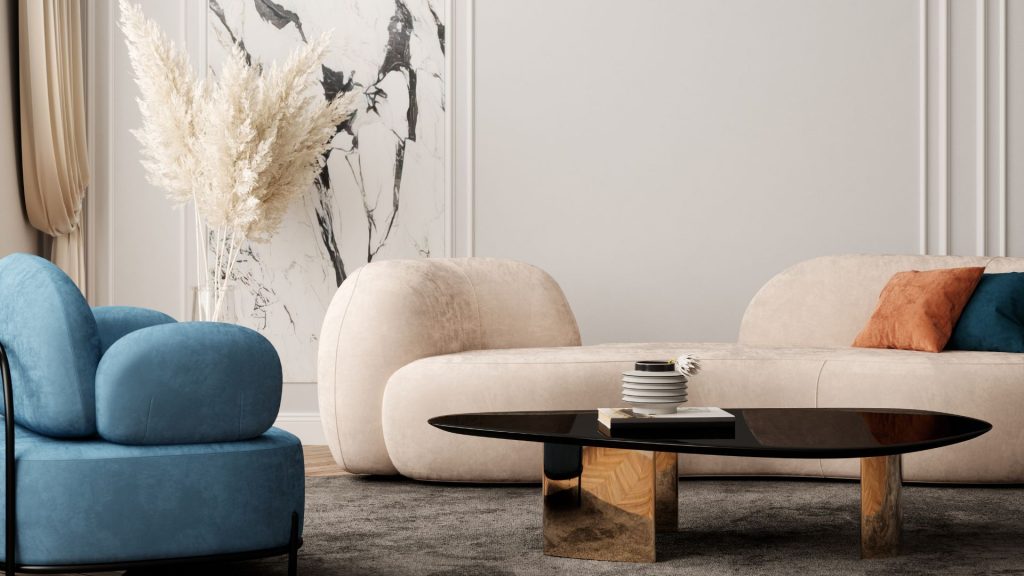
Bold and Expressive Color Palettes
Middle Eastern hospitality venues are embracing vibrant color schemes that stimulate appetite and create memorable atmospheres. Design trends include rich earth tones paired with metallic accents, bold accent walls complemented by statement furniture, and luxurious color combinations featuring deep reds, golds, and jewel tones.
The movement toward contemporary neutral palettes with strategic color pops represents a sophisticated evolution beyond traditional beige and white toward colors that evoke energy and cultural richness while maintaining the elegance expected in luxury hospitality environments.
Modular and Flexible Furniture Solutions
The demand for adaptable, modular furniture is growing significantly, driven by venues’ need to reconfigure spaces for different events and dining experiences. Key features include stackable and movable seating for dynamic space management, extendable tables accommodating varying group sizes, mobile partitions integrated with furniture systems, and multi-purpose pieces serving multiple functions.
This flexibility proves particularly valuable for restaurants and event spaces that need to adapt to different crowd sizes and occasions, ensuring optimal space utilization while maintaining design integrity.
Statement Pieces and Luxury Finishes
Luxury hospitality venues are investing in sculptural, one-of-a-kind furniture pieces that serve as focal points and conversation starters. These include custom-designed centerpiece furniture for lobbies and reception areas, limited edition artistic pieces that become part of the venue’s identity, and handcrafted statement mirrors and console tables.
The embrace of noble materials and artistic finishes reflects the region’s association with luxury and opulence, featuring exotic marbles and rare natural stones, polished lacquers and high-gloss finishes, gold leaf applications and metallic accents, and artisanal techniques like filigree and hand-applied metalwork.
Future Outlook: A Region on the Rise
The Middle East furniture market shows robust growth prospects, with Saudi Arabia leading at 33.2% market share, followed by the UAE at 26.3%. The GCC hospitality furniture segment is projected to grow at approximately 8% during 2024-2029, driven by major tourism infrastructure developments, Vision 2030 initiatives across Gulf states, rising international tourism and business travel, and expansion of luxury hotel and restaurant sectors.
The Middle East’s emergence as a global luxury hospitality destination positions furniture design as a crucial element in creating distinctive, culturally resonant experiences that meet international standards while celebrating regional heritage.
As hospitality furniture trends evolve through 2025 and 2026, the Middle East is poised to define the global benchmark for design, comfort, and cultural expression.
Your vision. Our expertise. A seamless transformation.


